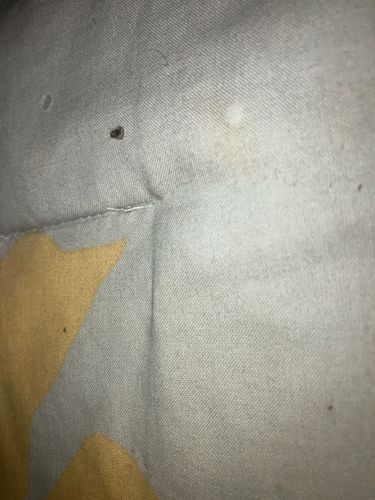Flea
Scientific Name: Siphonaptera
Order & Family: Siphonaptera (Order), various families including Pulicidae
Size: 1.5 to 3.2 mm (0.06 to 0.13 inches)

Natural Habitat
Fleas are ectoparasites that live on the bodies of warm-blooded animals, including pets (dogs, cats), livestock, and wild animals. They can also be found in animal bedding, carpets, upholstered furniture, and cracks in floors in homes or other animal habitats.
Diet & Feeding
Adult fleas feed exclusively on the blood of their hosts (hematophagy). Larval fleas feed on organic debris, including adult flea feces ('flea dirt') rich in undigested blood.
Behavior Patterns
Fleas are excellent jumpers, capable of leaping great distances relative to their size. They are attracted to warm-blooded hosts by body heat, movement, and carbon dioxide. Their life cycle includes egg, larva, pupa, and adult stages, often completed within a few weeks under optimal conditions. Adults can live for several months, continuously feeding and reproducing.
Risks & Benefits
Risks: Fleas can cause intense itching, skin irritation, and allergic reactions (flea allergy dermatitis) in pets and humans. They can also transmit diseases, including plague (Yersinia pestis, historically significant), murine typhus, and serve as intermediate hosts for tapeworms (e.g., Dipylidium caninum). Benefits: None for humans or domestic animals; in ecosystems, they are part of the food chain for other insects and animals, and their parasitic nature contributes to ecological population control.
Identified on: 10/7/2025